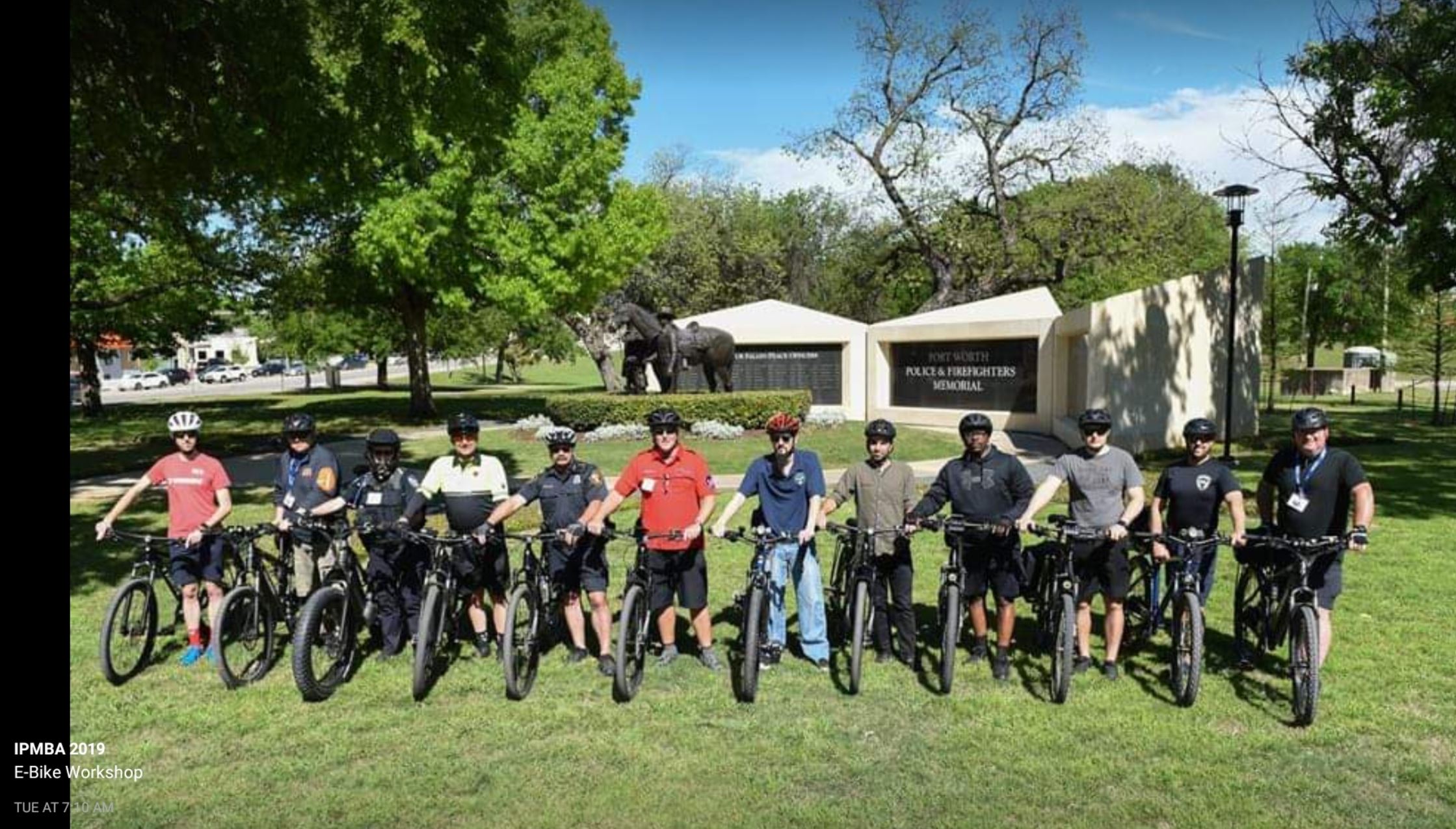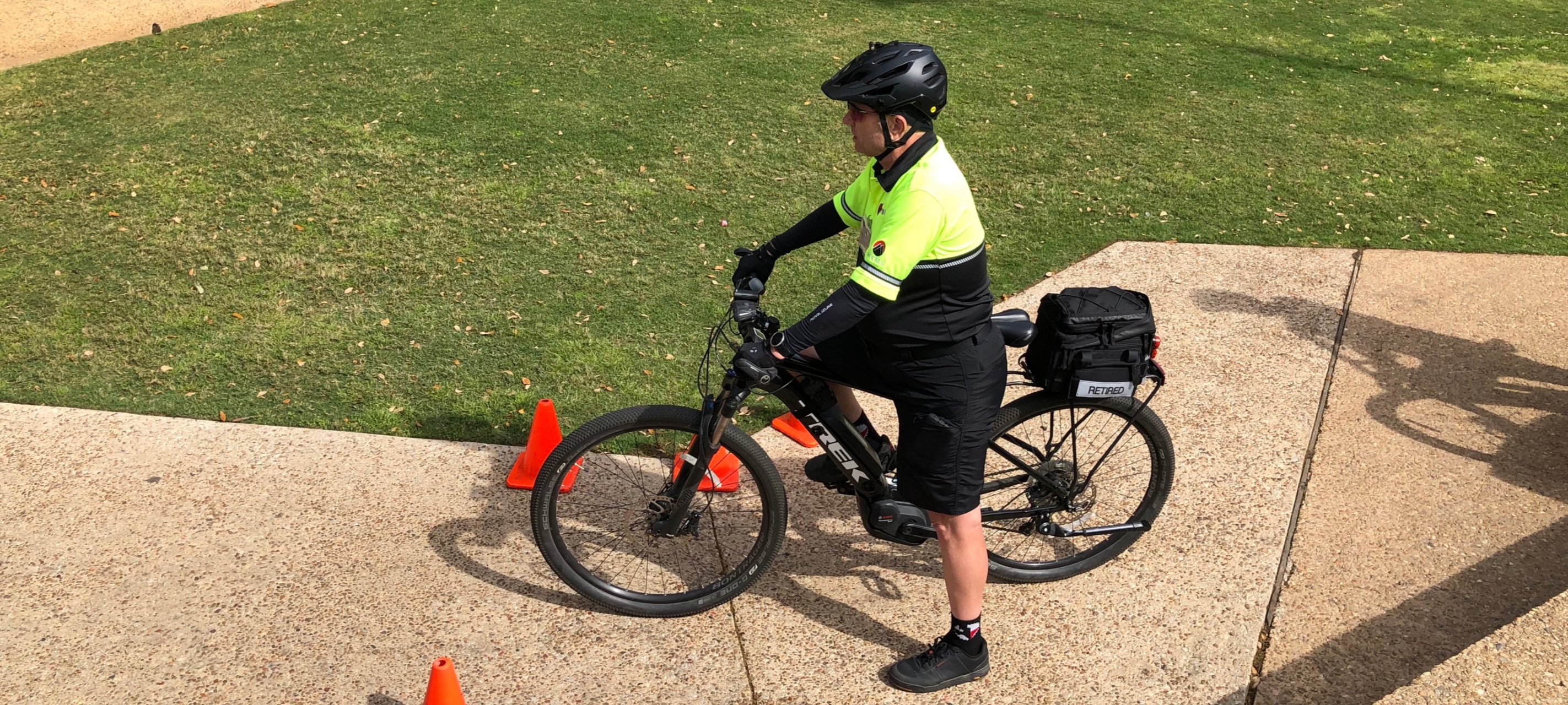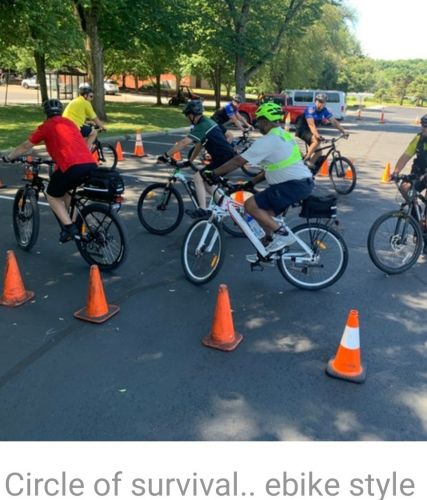By Clint Sandusky
YUCAIPA, Calif. (BRAIN) — In Part One, I discussed how more public safety agencies — including law enforcement — are turning to e-bikes to enhance service to their communities. That column focused on those agencies' specific e-bike needs.
The goal is to help you sell appropriate products and services either directly or to parties donating e-bikes to local agencies. Selling or donating inferior or inappropriate equipment negatively can impact a public safety cyclist's ability to operate safely and effectively.
This column will focus on questions to ask public safety customers.
- What type of public safety agency are you? Law enforcement, EMS/FIRE, security, other (e.g., parking and/or code enforcement, animal control, etc.).
- Do you have e-bike experience?
- How do you intend to use it?
- Riding surface(s) and terrain: Natural or paved, flat or hilly.
- Riding conditions: Weather and other environmental conditions, including night riding; traffic volume and speed; facility type (roads, trails, bike/pedestrian, etc.).
- Frequency, duration, and distance of rides: Number of days per week), duration (8-, 10-, 12-hour shifts), distance (average number of miles per shift).
- Type of mission-specific riding/patrolling: Regular or expanded bike patrol, special events, night patrol, stealth operations, crowd operations, dignitary protection.
I love what Claudia Wasko, general manager of Bosch eBike Systems Americas, said in her article Is an E-bike Right for Your Bike Patrol? "E-Bikes are available with every type of regular bicycle function. A police department can start by looking at the traditional bicycles with which the department has had the most success – the style and features that officers like best." This can then be transferred to e-bikes."
I hope you found these columns beneficial. The hope is that they will help you better serve those who serve and protect us. For additional information, check out the wonderful resources from International Police Mountain Bike Association E-Bike Resources — IPMBA. 
E-bike-specific training is essential before deploying public safety personnel on faster, heavier, and at times, less nimble e-bikes. Go to IPMBA for more details (About the Courses — IPMBA and click on E-Bike Training Module). Encourage public safety customers to seek out training and direct them to IPMBA and/or myself for additional details.
Cpl. Clint retired in 2016 after a 24-year career in law enforcement, both with the Los Angeles County Sheriff's and Riverside Community College District police departments. While with RCCD, he was a bike officer for 23 years and has been an active CA POST-certified Bike Patrol Instructor for 28 years. Sandusky has taught, presented, authored, and consulted in e-bike training and content to law enforcement and the cycling community/industry both in California and nationally. He is a member of IPMBA's E-Bike Task Force and conducts e-bike content at its annual conferences. He was recently asked to participate in PeopleForBikes' E-Bike Safety Task Force. The opinions and recommendations expressed in this column are his own. He can be reached at clint.sandusky@gmail.com.



